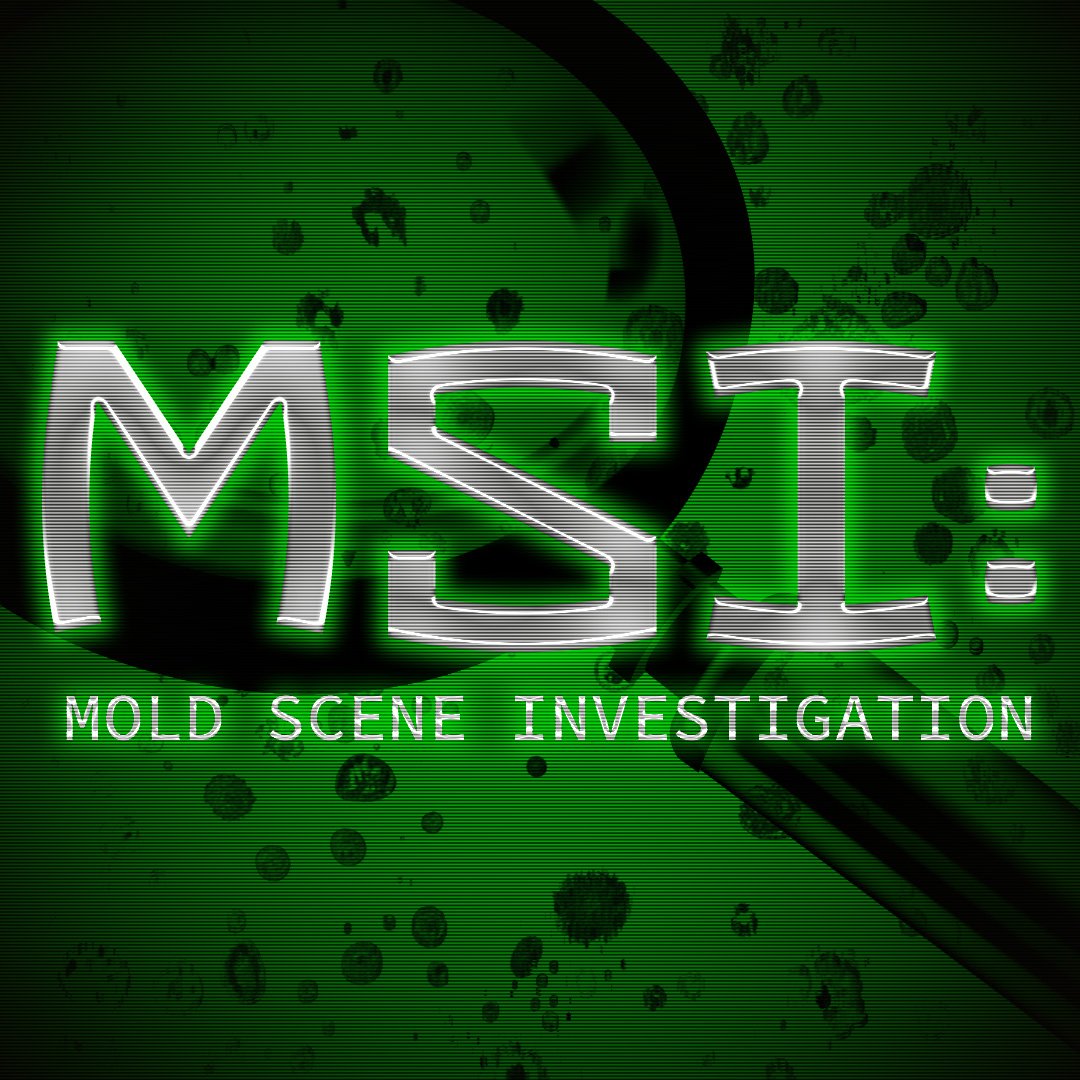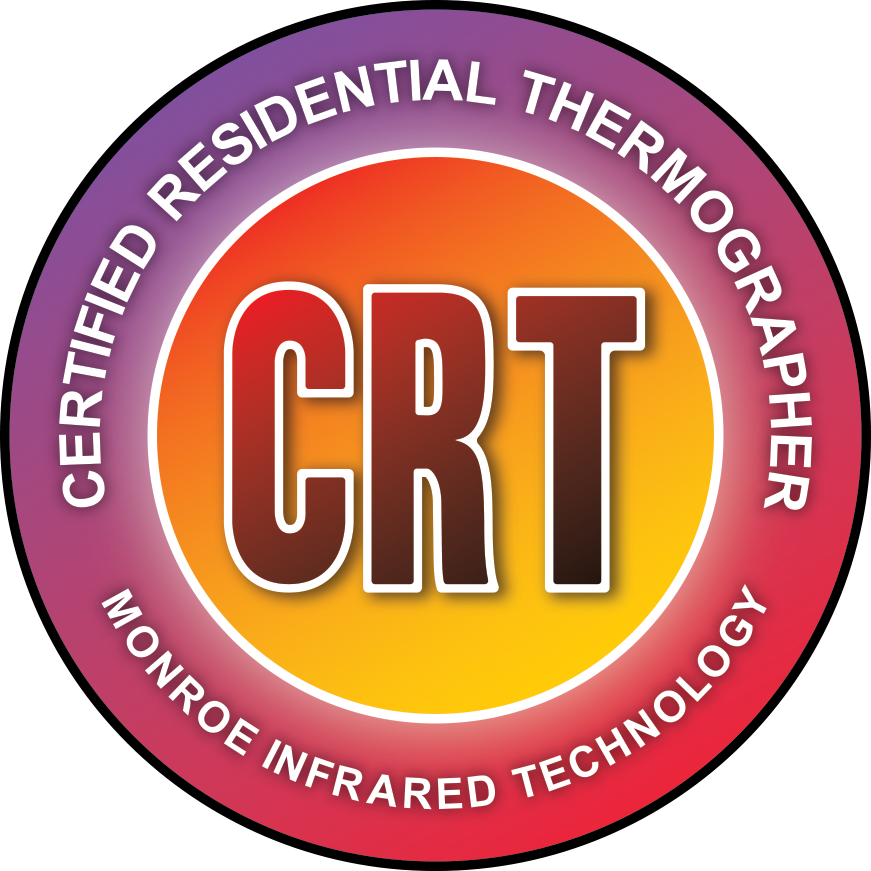Mold Inspection and Testing
Experience you can trust. Our certified inspector has several years of experience and utilizes the latest technology and industry standards to provide a high quality inspection.
Independence Matters: As a fully independent company, we prioritize your interests above all else—without any entanglements to remediation or real estate companies, ensuring honest, objective assessments for your peace of mind.
Certified and Reliable: Our certifications put us at the top. We are not sample takers—we are experienced professionals with certifications in the science of mold, assessment and remediation.
Services
Indoor Air Quality/Mold Testing
Do you have discoloration or suspected mold? Do you know you have mold and are wanting to test the air quality? We offer surface, air, and mycotoxin sampling at a reduced rate compared to our full assessment.
Mold Inspection
A visual mold inspection checks the plumbing, interiors, crawlspace, basement, attic, and accessible areas of the air handler and air ducts for mold and water problems.
Every inspection utilizes a thermal camara and moisture meter to test for potential hidden leaks. Every inspection includes a written report of our findings.
Surface, air, or surface mycotoxin sampling can be added on as desired.
Mold Assessment
A mold assessment is a visual mold inspection plus sampling. A minimum of 6 samples are taken per HVAC zone (a home with 2 furnaces would be 12 samples).
Every inspection includes a thermal camara inspection and written report of our findings.
In addition to our report, a lab report will be issued as well.
Certified Mold Assessor
Mold inspections are performed by Chris Hall, an experienced mold inspector with the following certifications.
Certified Mold Assessor through NORMI, a leading mold organization in the inspection and remediation industry.
Certified Mold Inspector through IAC2, the International Association of Certified Indoor Air Consultants.
Certified Residential Thermographer by Monroe Infrared (thermal camara inspection).
Sample Report
Every inspection and assessment includes a written report and laboratory analysis report (if samples were taken). The report will identify mold and water issues present at the time of inspection and include photos and/or videos. Our reports are easy to read and detailed.
FAQs
-
-
No. Although there are no prohibitions on it, industry standards generally call for assessors and remediators to be separate (not do both on the same job).
This is to ensure the assessor is unbiased and only writes what they genuinely feel is needed.
For this reason we focus exclusively on the inspection side.
-
Air samples measure the general species and spore counts of mold in the air. As a courtesy we also have the lab analyze for danger and pollen levels.
All homes have a degree of mold spores in the air, but there are certain amounts that are normal and certain that are not.
Elevated spore counts may pose health or indoor air quality concerns for people.
-
It is widely agreed amongst health professionals that mold can have a negative impact on human health. All molds can cause allergy-like symptoms, irritations, or discomfort in people. Some molds are known to produce mycotoxins, which are airborne components known to be toxic to humans. Immune compromised individuals, elderly, and children may be at increased risk for mold concerns.
Different people react differently to mold. Some people have little to no symptoms when exposed to mold, while others are seriously affected by even small amounts of mold. We don’t have enough data to know why this is. For this reason it is always recommended to remove mold from an environment.
If you are having suspected health concerns from mold, contacting a qualified healthcare provider is recommended.
-
Yes and no. The EPA advises mold sampling is not strictly necessary to identify mold, but advises it can be useful in certain cases. Industry standards typically call for mold testing largely to have a baseline for mold remediators to act on. After remediation additional mold samples can be taken to compare with the original samples to confirm that remediation was properly done at sampled areas. Sampling is not necessarily needed to identify mold growth, however.
-
Mold removal is a twofold process: remove the moisture source and then remove the mold. Mold only grows where a water source is present. This can be a plumbing/roof leak, condensation, high humidity, water intrusion from basement/crawlspace, or lack of airflow in a home. The underlying moisture condition must be first addressed, otherwise mold will come back.
After this, mold should always be physically removed. It should not be sprayed, “killed”, or bleached. The only acceptable course of action is to physically remove any mold. Dead or dormant mold can still cause health affects in some people. Removal is always the goal.
Some materials need to be discarded; some materials can be cleaned.
-
Bleaching refers to a whitening agent. It is possible for bleach to remove the appearance of mold without actually removing the mold. For this reason it is generally not advised to use bleach.
The EPA advises mold can often be removed with water, detergent, and scrubbing. Porous materials are best replaced.
-
Water.
Mold only grows where a moisture source is present. Mold spores are always present in the environment. When water and a food source is present mold will begin to grow. It is vital for mold assessors and remediators to have a comprehensive knowledge of water sources in a home.
-
Mold is a normal part of the ecosystem responsible for breaking down dead plants and trees.
Because of this, mold spores always work their way into a home. It is normal to have some mold spores in the air of a building.
A small amount of mold is commonly found as mildew in showers, windows, and crawlspaces.
Visible mold, or elevated spore counts in the air are not considered normal by industry standards and are recommended to be addressed.






